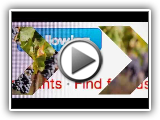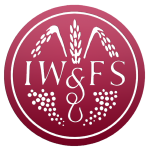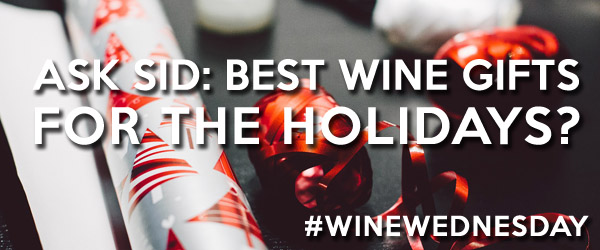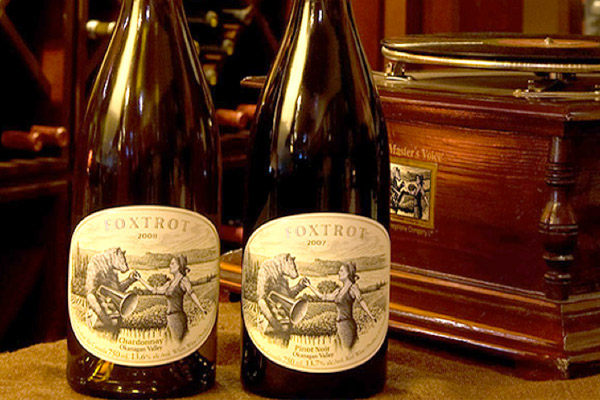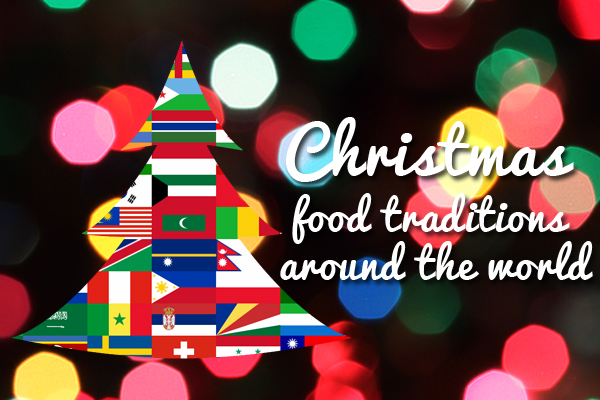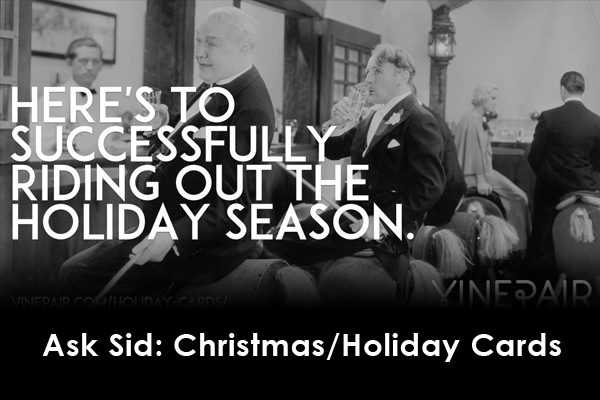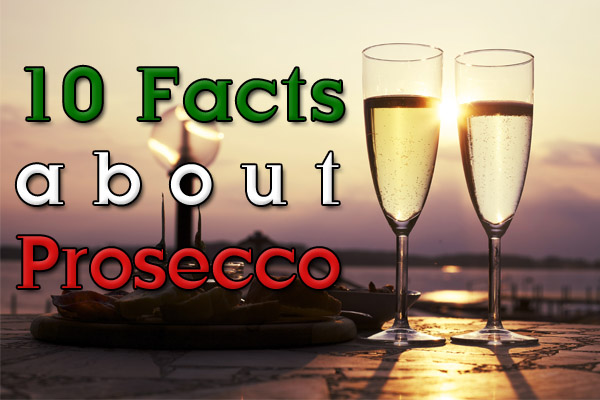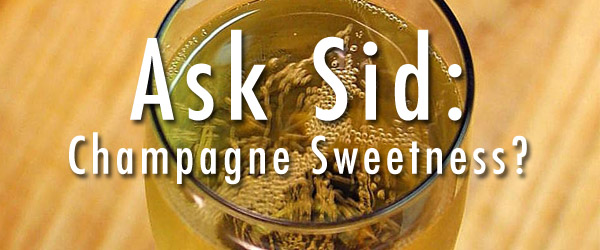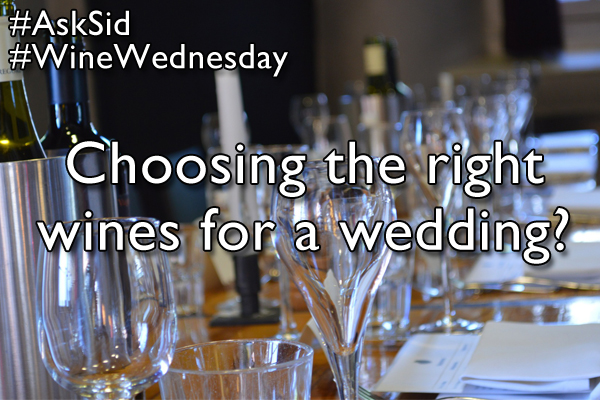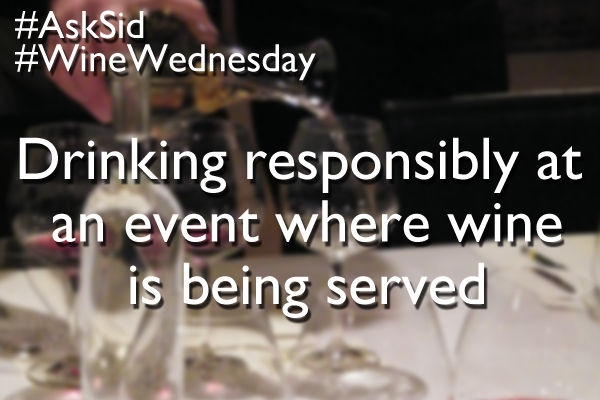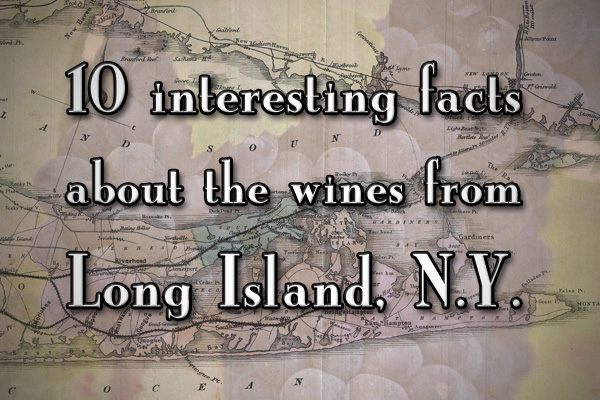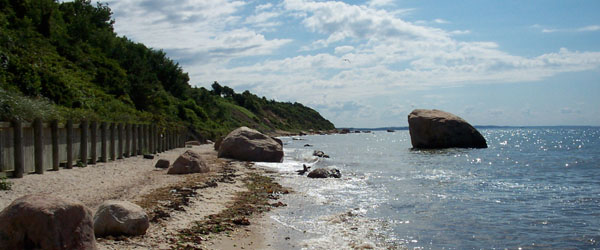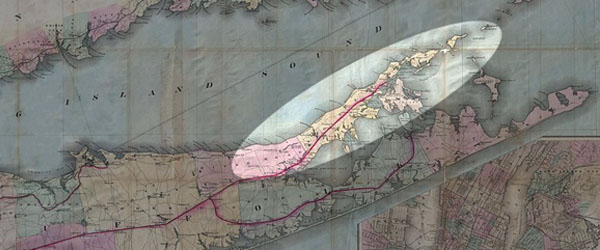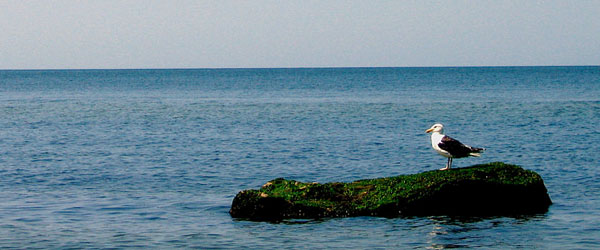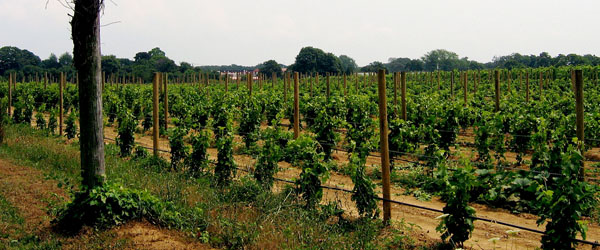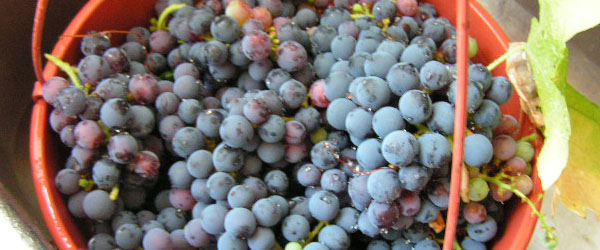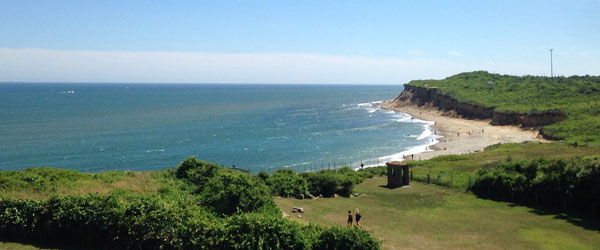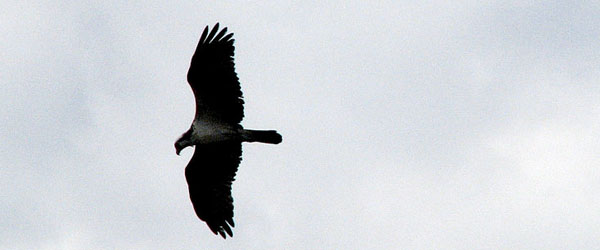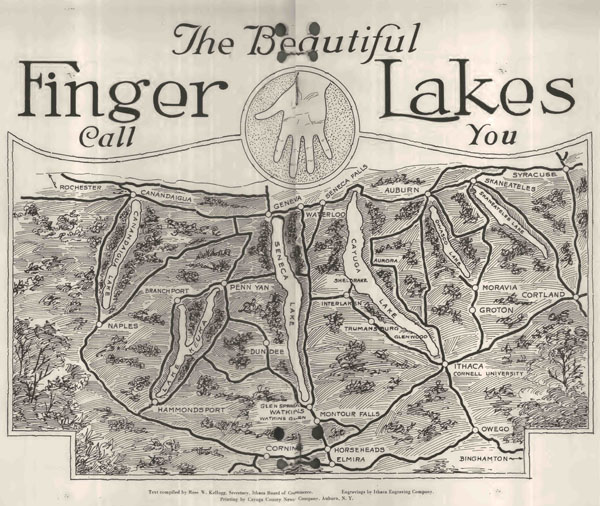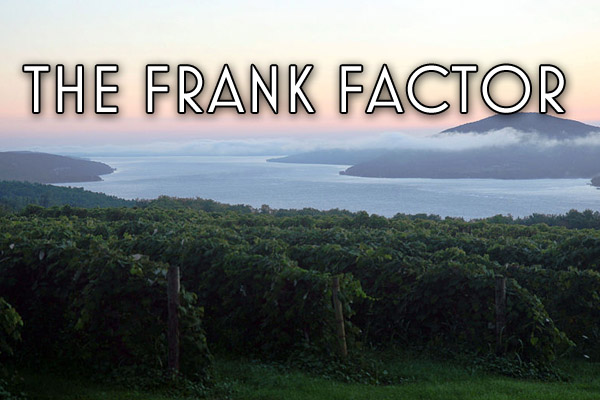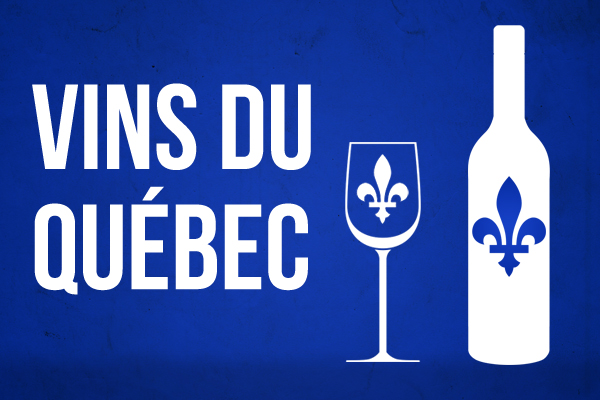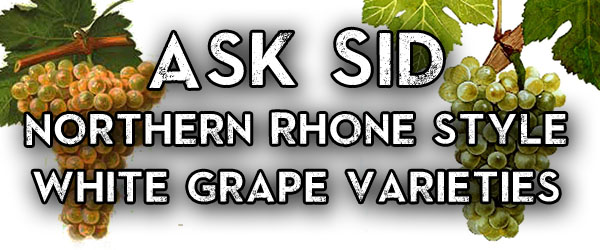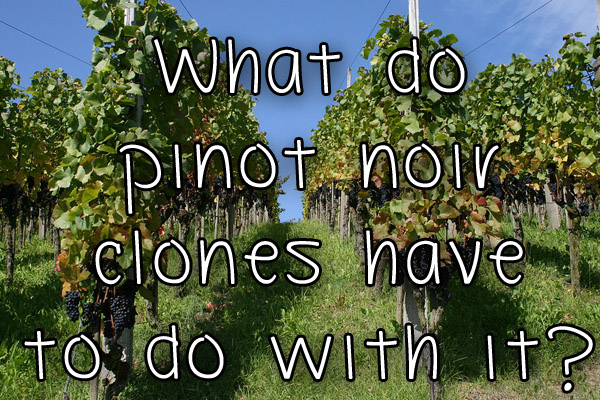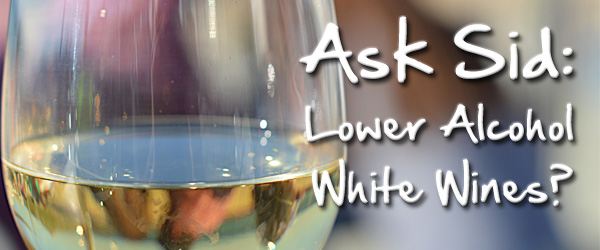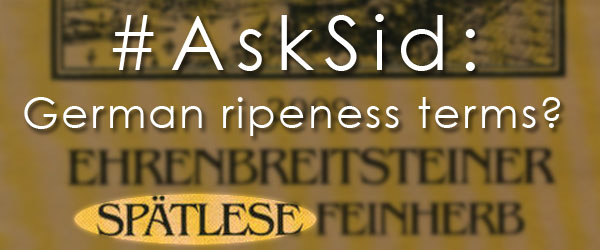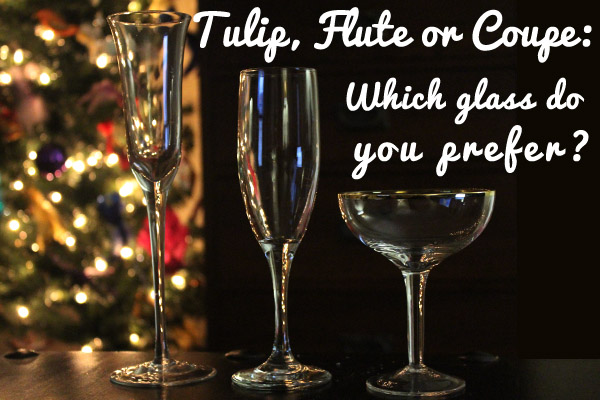
By Joseph Temple
If you plan on popping the cork on a bottle of Champagne this Christmas or New Year’s, you’re not alone! According to several consumer studies, approximately one third of all sparkling wine sales occur in the joyful month of December. That’s probably because little celebrates the festive spirit more than an opulent bottle of bubbly! Whether it’s traditional Champagne, Prosecco, Cava or any of the many other sparkling wines produced around the world, that excitement of hearing a loud pop followed by your taste buds soaking in millions of little bubbles is almost tailor made for the holiday season.
With drinking fizz comes another vital decision you’ll have to make – which glassware to use?
Coupe
If you’re looking for a retro chic, Great Gatsby-esque feel to your holiday party, you might want to invest in some old-fashioned saucer or coupe glasses. A shallow cup that widens at the rim, legend has it that it was molded from the breast of Helen of Troy and later Marie Antoinette to give a sensual experience to those who drank from it. Popular in France from the 1700s to the 1970s, Americans will most likely identify this glass shape with the glitz and glamour of the Roaring Twenties, conjuring up images of both luxury and wealth.
Unfortunately, besides its throwback appeal, there aren’t many advantages to using a coupe. With a larger area exposed to air, not only does this increase the chances of spilling your glass but the bubbles and aromas will also dissipate much more quickly. And unlike a flute or tulip, it is difficult not to hold this glass by the bowl, which can heat the wine with your warm hands. So after you’ve built that champagne tower, you’ll need to drink it fast before it goes flat.
Flute
Like bubbles? Then you generally can’t go wrong with a tall and narrow flute—another staple of Hollywood extravagance. Due to a rough bead at the base of this glass, the bubbles will congregate and then quickly rise to the top. Enhancing the smell and aromas, this style is especially recommended when drinking sparkling wines such as Prosecco and Cava since it shows off the bubbles better and will keep the drink colder for longer.
However, with older wines that need room to collect and develop, flutes may not be your best bet. Designed to retain carbonation, the smaller air space can result in many of the flavors and aromas of more complex vintages getting lost in the shuffle.
Tulip
Perhaps technically the best glass among Champagne aficionados is the tulip. With a slim base and a wider bowl, you get all the bubbles of the flute but more room for the flavors and aromas to develop without losing carbonation quickly.
Which one do you prefer? Vote in the poll below or add your two cents in the comments section.
Cheers!
Sources:
Golden, Jilly. (2014, October 14). Why we’re all using the wrong champagne glasses. Mail Online. Retrieved from http://www.dailymail.co.uk
Smedson. (2014, October 24). Which Champagne glass shape is the best? Glass of Bubbly. Retrieved from http://www.glassofbubbly.com
Zraly, Kevin. Windows on the World Complete Wine Course. New York: Sterling Publishing, 2010.
You might also like:

Loading ...

